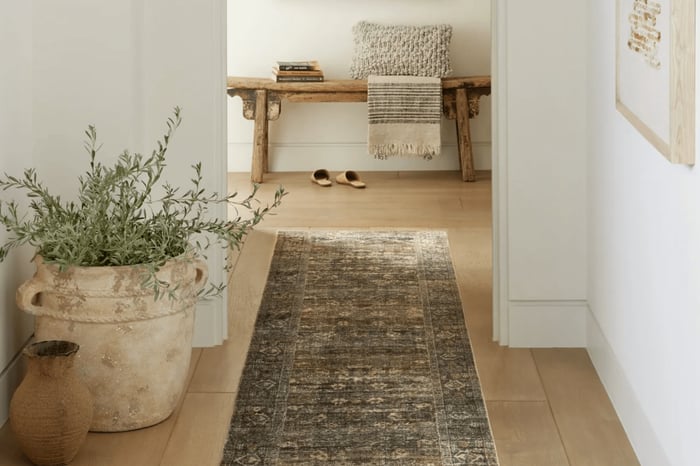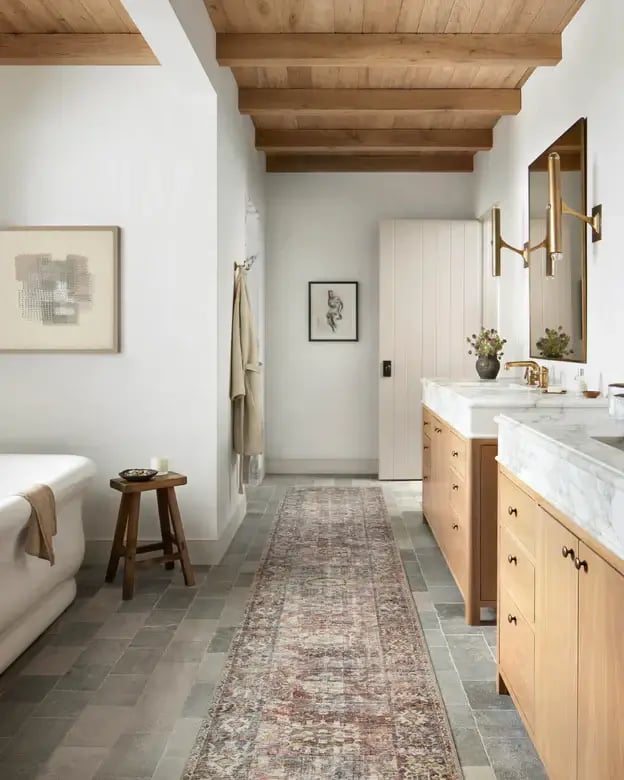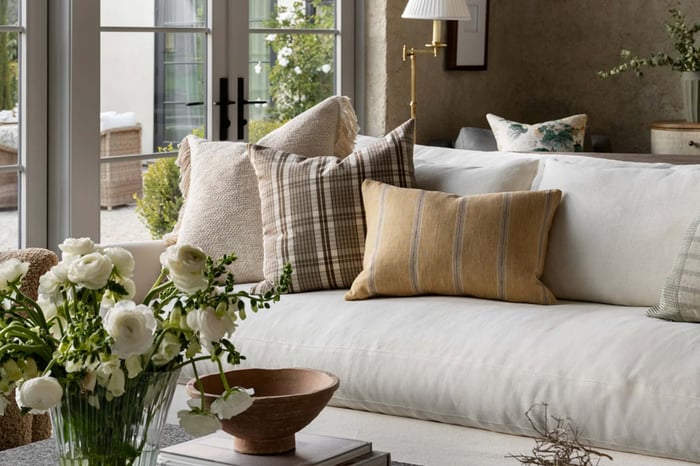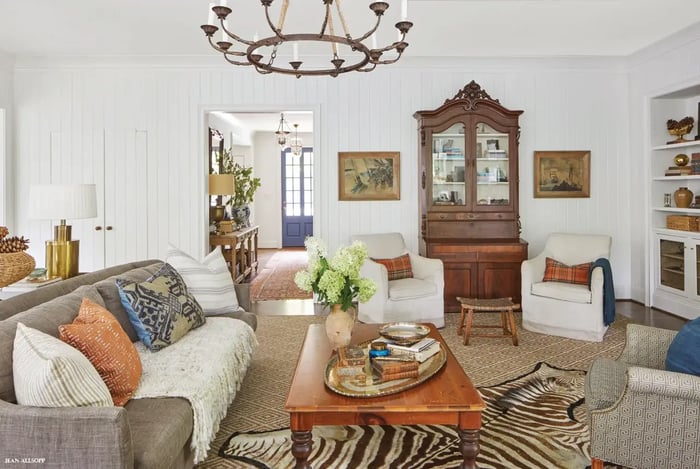When it comes to decorating your home, it's easy to focus on the big-ticket items like furniture and paint colors. However, sometimes it's the smaller details that make the most significant impact. One such detail that often gets overlooked but can transform a room is the humble area rug. Area rugs are more than just floor coverings; they are essential design elements that can tie a room together, add warmth, and create a cozy atmosphere. In this blog post, we'll explore the importance of area rugs in your home and provide some tips on what to consider when purchasing one.
Enhancing Aesthetic Appeal
Area rugs are like the icing on the cake when it comes to interior design. They have the power to elevate the overall aesthetic of a room by adding color, texture, and pattern. Whether you choose a bold, eye-catching rug to become the focal point of your space or a more subtle option to complement your existing decor, the right area rug can instantly enhance the visual appeal of your home.
Defining Spaces
One of the most significant advantages of area rugs is their ability to define different spaces within an open floor plan. In a large living room, for example, an area rug can delineate the seating area, making it feel cozier and more inviting. In dining rooms, a rug under the table not only adds style but also helps protect your flooring from spills and scratches. By strategically placing rugs, you can create distinct zones in your home without the need for walls or dividers.
Adding Warmth and Comfort
In addition to their decorative function, rugs provide practical benefits too. They add an extra layer of insulation to your floors, which can help keep your home warmer during the colder months. Additionally, walking on a plush rug is much more comfortable than stepping on a cold, hard surface. Rugs are especially appreciated in bedrooms, where they can create a soft and cozy landing spot for your feet when you get out of bed in the morning.
Sound Dampening
Another often overlooked advantage of area rugs is their ability to reduce noise. Hardwood floors and tile can create echoes and amplify sound, which can be quite disruptive in high-traffic areas or homes with multiple residents. Placing rugs in these areas helps absorb sound, making your home a quieter and more peaceful place.
Things to Consider When Purchasing an Area Rug:
Now that we've established the importance of rugs in your home, let's discuss some key factors to consider when purchasing a rug:
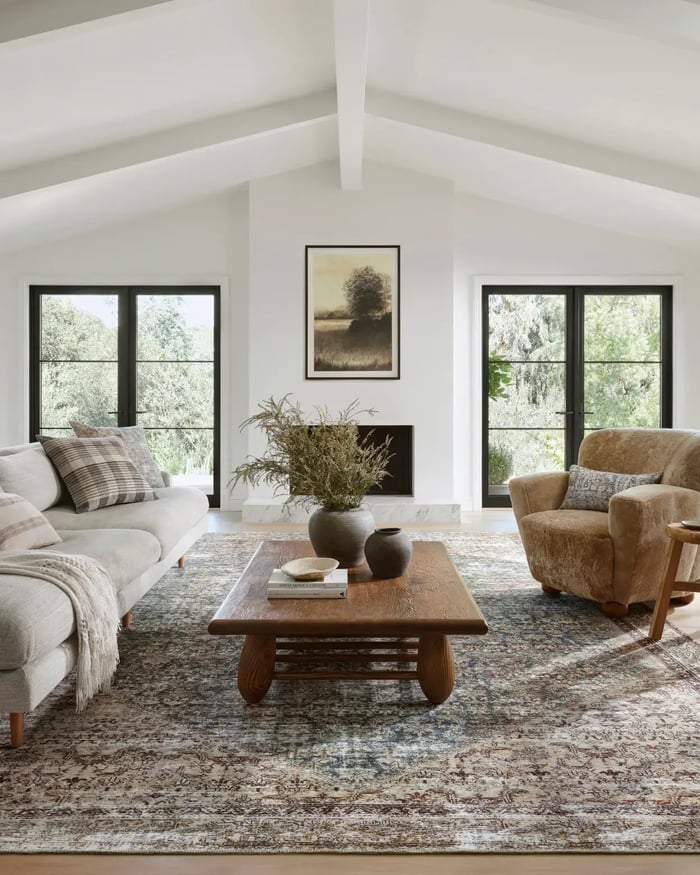 The Georgie Rug by Amber Lewis x Loloi.
The Georgie Rug by Amber Lewis x Loloi. Room Size and Layout
Consider the size and layout of the room where you plan to place the rug. For instance, in a spacious living room, a large area rug can anchor the seating area. If you have a small bedroom, a rug that covers most of the floor can create a cozy atmosphere.
Furniture Placement
Take into account the arrangement of your furniture. In a dining room, the rug should extend beyond the table and chairs to allow room for chairs to be pulled out comfortably. For a living room, ensure the rug is large enough for at least the front legs of your furniture pieces to rest on.
Complementing Decor
Consider the existing decor and color scheme in your room. If you have a neutral-colored sofa and walls, you can introduce a rug with a bold pattern or vibrant colors to add a striking focal point. Conversely, if your room is already busy with patterns, a more subdued rug might be the better choice to avoid overwhelming the space.
Room Purpose
Think about the room's purpose. For instance, in a home office, you may opt for a rug with a professional, subtle design to promote a focused atmosphere, whereas a kid's playroom could benefit from a colorful and playful rug.
Durability and Foot Traffic
Consider the level of foot traffic in the area where the rug will be placed. For high-traffic areas like entryways or family rooms, you might want to choose a durable material like nylon or polypropylene, which is stain-resistant and easy to clean.
Texture and Comfort
Think about the texture you desire. Wool rugs are soft and luxurious underfoot for a cozy, comfortable feel. In contrast, natural fiber rugs like jute or sisal provide a more rustic texture perfect for a relaxed, casual space.
Cleaning Ease
Assess your willingness and ability to maintain the rug. Some rugs require more care than others. For instance, a delicate silk rug might look stunning but would need professional cleaning if it gets stained, while a synthetic rug may be more forgiving and easy to clean at home.
Allergies
If you or someone in your household has allergies, consider rugs that are hypoallergenic or easy to vacuum to minimize dust and allergen buildup.
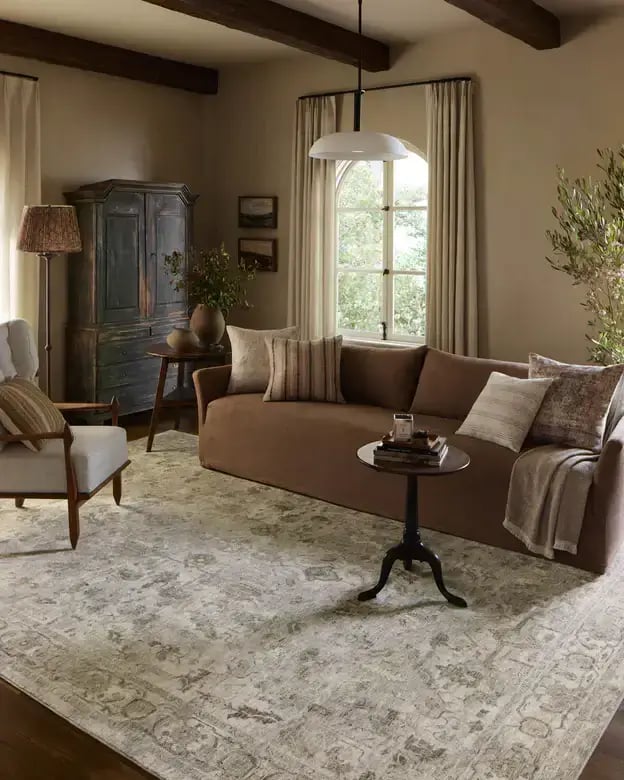
Area rugs are more than just floor coverings; they are versatile design elements that can elevate the look and feel of your home. By carefully selecting the right rug for your space, you can enhance the aesthetic appeal, define areas, add warmth and comfort, and even reduce noise. So, the next time you're considering a home decor upgrade, don't underestimate the power of a well-chosen area rug. It might just be the missing piece that ties your entire room together.


